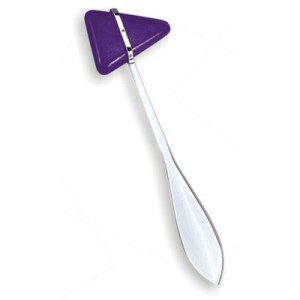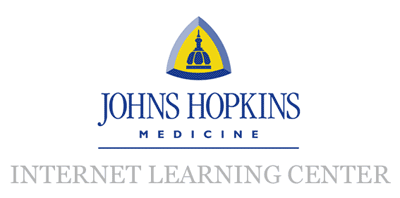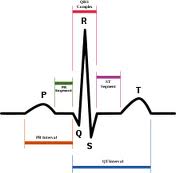A Psychiatry Resident’s Perspective: From an interview with a psychiatry resident at UC Irvine in Irvine, California
Part of an interview series entitled, “Specialty Spotlights“, which asks medical students’ most burning questions to physicians of every specialty. See what doctors from every specialty had to say about why they chose their specialty and how to match in their residency.
- What attracted you to Psychiatry?
I like the idea of working with the whole person. I feel like in psychiatry you address a person’s social, financial, and relationship concerns, which in my mind are the most important part of life.
- Describe a Psychiatrist’s typical work day?
There are different fields in psychiatry, but what I’m interested in is private practice. I’ll probably end up splitting my days between therapy and medication management appointments. Therapy appointments usually go an hour, med management about 15-20 minutes. In those visits the person already has a therapist but consults a psychiatrist for medications.
You can also work in an inpatient setting in a hospital, work for the prison system, do telemedicine (something else I’m interested in), work with children, geriatrics, forensic, or almost anything else you want. I like the variety of the specialty.
- What type of lifestyle can a Psychiatrist expect?
Psychiatry has the big advantage of being a less demanding specialty. Depending on your working situation, you might be on call once a week or so. Even the psychiatry residency usually has weekends off! Most private practice psychiatrists work around 30 hours per week.
- What is the average salary of a Psychiatrist?
Again depends on your situation, but you’ll see something like $200,000 as an average. In California, psychiatrists generally take cash only and charge around $300 an hour.
- What is the job market like for Psychiatrist?
There’s a big need for psychiatrists. In particular, child psychiatry needs more people.
- What can you tell us about Psychiatry Sub-specialties?
Child psychiatry: 2 extra years after residency (but you can eliminate your 4th year of adult and make it 5 years total for adult and child). There is more demand for this field. The salary is generally higher. The lifestyle is about the same for this and all the others.
Forensic psychiatry: 1 extra year. Harder to get a footing in this one, but pays very well once you do ($1000 per hour for testifying in court). Custody hearings can be part of this specialty.
Geriatric psychiatry: 1 year. Not too sure about the job market. I imagine it’s in high demand. Probably similar salary to adult.
- What are the potential downsides of Psychiatry that students should be aware of?
It definitely takes a certain personality to do the job and do it well. You need to be able to separate yourself from some of the sad stories you’ll come across. You also need to be able to set boundaries well with people.
- What else would you tell medical students who are considering Psychiatry?
It’s a great job and something to definitely consider. Some people say there’s not much medicine involved, which is as true as you make it. You can definitely go a more therapy-centered route if you prefer. But, if you love the medicine and research side, there’s plenty of opportunity for that as well. The brain isn’t very well understood.
Editor's Note: For more help choosing a specialty in medicine, I highly recommend one or both of these two great books. I found both very useful.











 My name is Andrew and I am a first year resident training to be an ophthalmologist. I created ShortWhiteCoats to provide medical students, residents, and the public with all the information I spent so many hours looking for during medical school.
My name is Andrew and I am a first year resident training to be an ophthalmologist. I created ShortWhiteCoats to provide medical students, residents, and the public with all the information I spent so many hours looking for during medical school.







